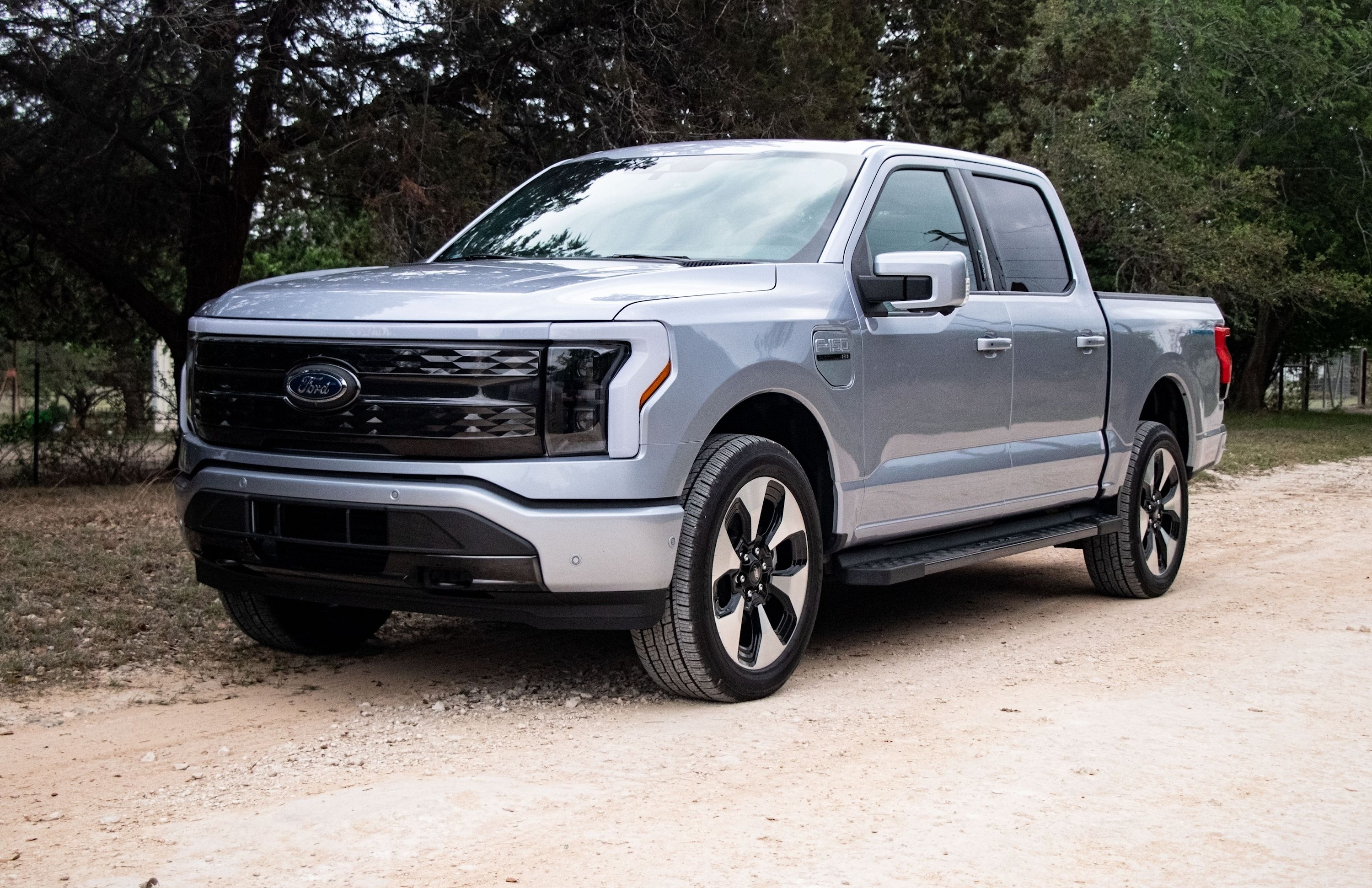
We're going to start seeing a lot more all-electric vehicles on the road beyond just Teslas. The Ford F-150 Lightning, Kia EV6, and BMW iX are just a few examples. The Biden administration's bold $7.5 billion EV charging infrastructure plan will hopefully help persuade consumers to make the big switch. But there's one key thing that this plan needs to address: ensuring there are enough charging stations in sometimes less affluent areas.
Reuters reports that even California, which already has the greatest number of EVs and the most expansive charging infrastructure, is falling short in Black and Hispanic neighborhoods.
Citing a study done by researchers at Humboldt State University in California, the report points out these specific neighborhoods are less likely to have proper access to public chargers. "For charging site hosts, the economics are extremely challenging because of the relatively low adoption of EVs today," said John Gardner, the senior director at the Center for Sustainable Energy.
Several private charging companies are anxious to set up shop in these too often overlooked and ignored communities. They stress that government support is necessary in order to create incentives for business owners and even landlords to install stations. This needs to happen because residents of disadvantaged communities have reportedly been applying in greater numbers for California's EV rebate programs.
California state officials seem determined to figure this all out but expanding it to a national level will be a massive challenge. Even used EVs account for just 0.3 percent of all US franchise dealer used sales. New EVs, by contrast, consist of 3 percent of sales, citing J.D. Power data. In other words, getting used and more affordable EVs into the used market is going to take a while.
Combined with an expected slow charging infrastructure expansion into less affluent areas means EVs are far from going mainstream. These challenges are going to be tough to overcome, but until the infrastructure is more widely available, EVs will only be practical for the affluent.
